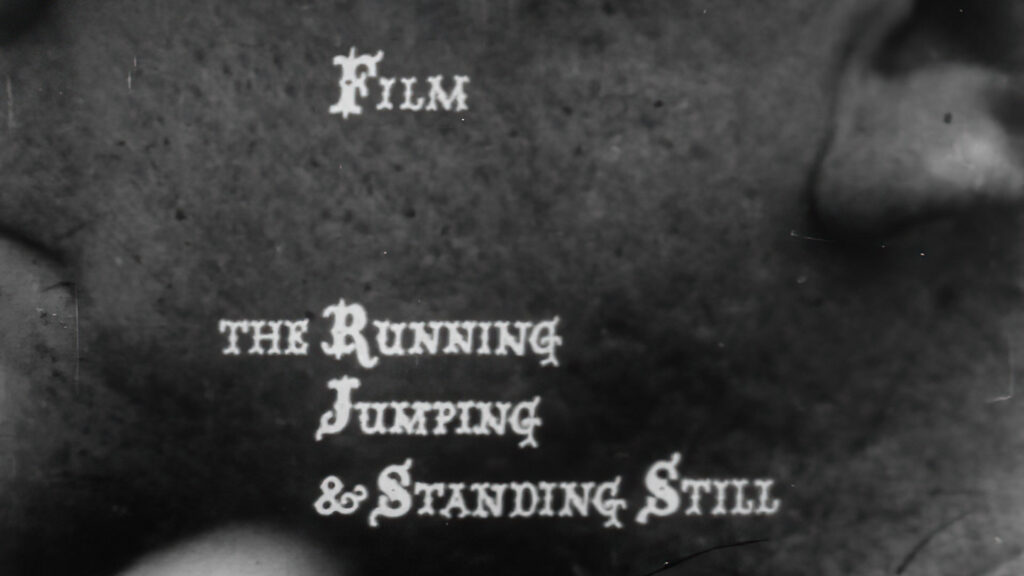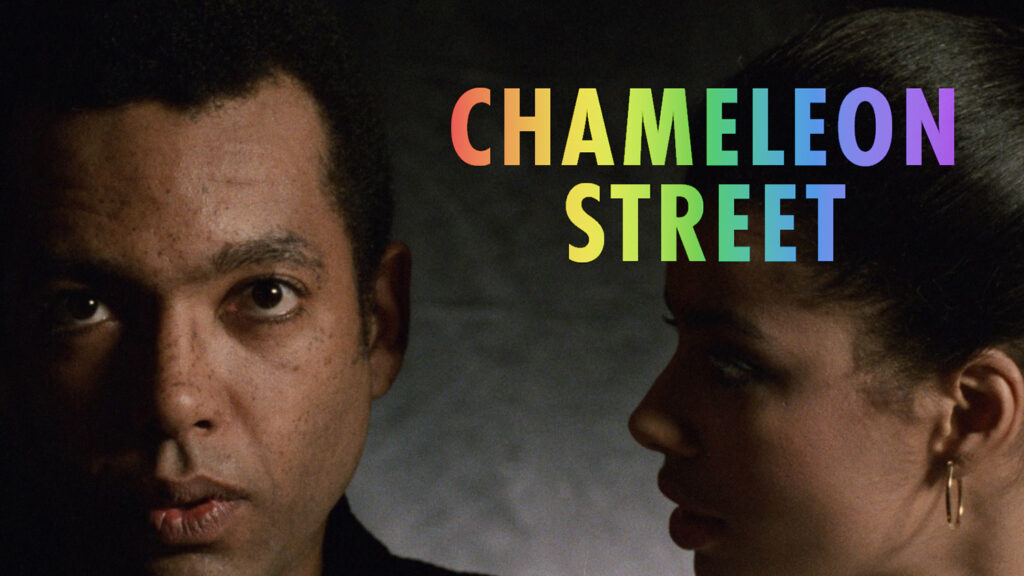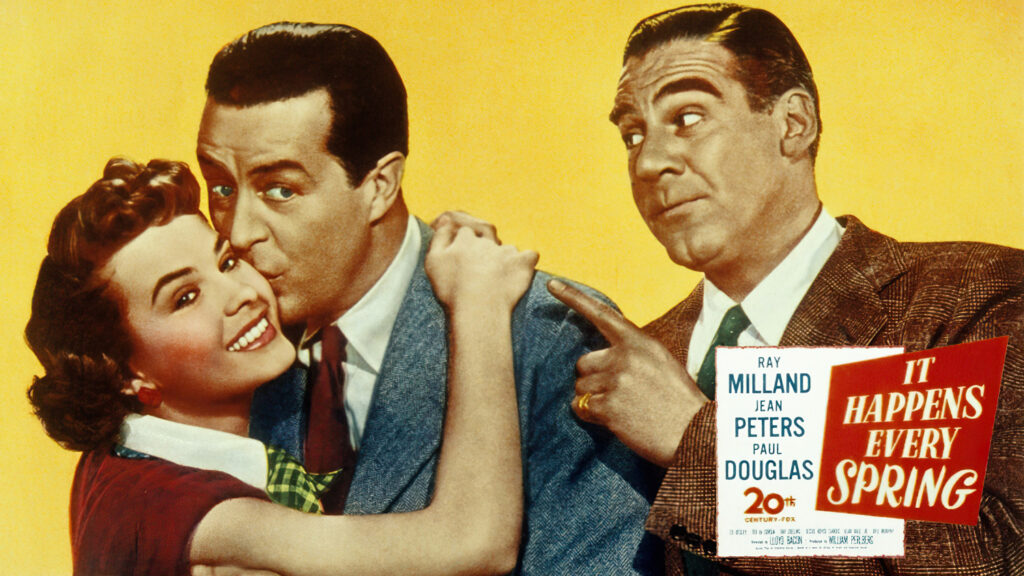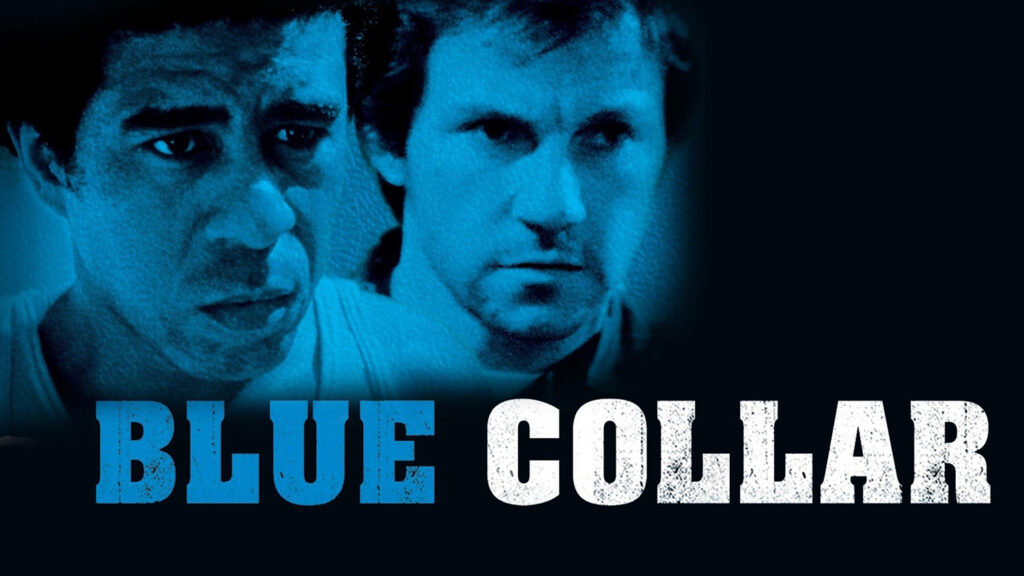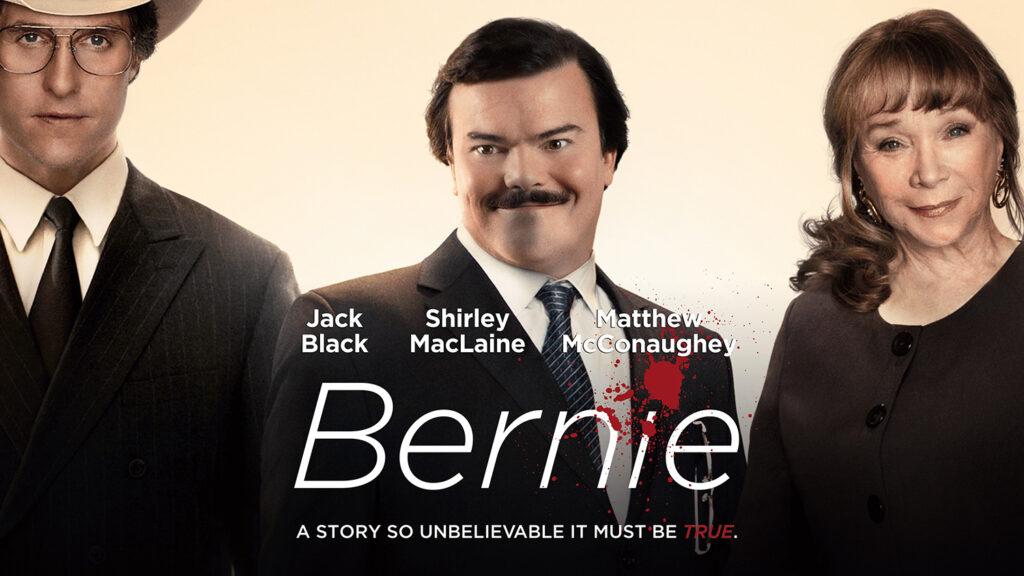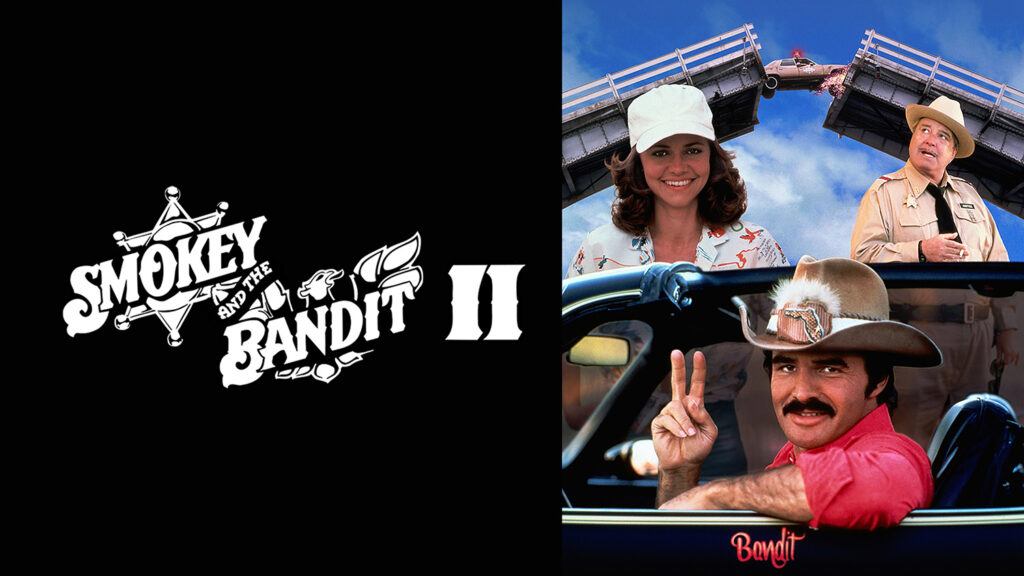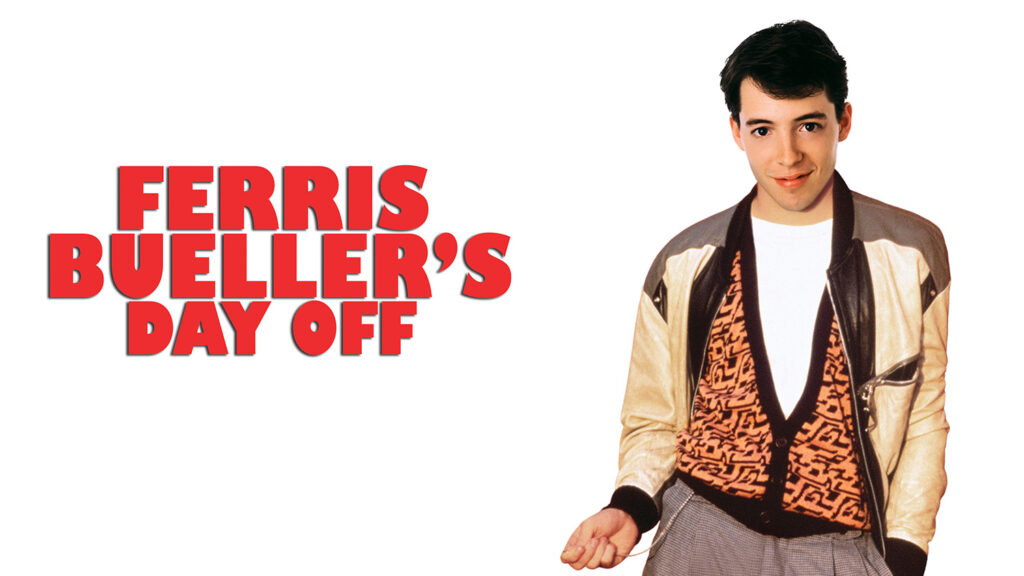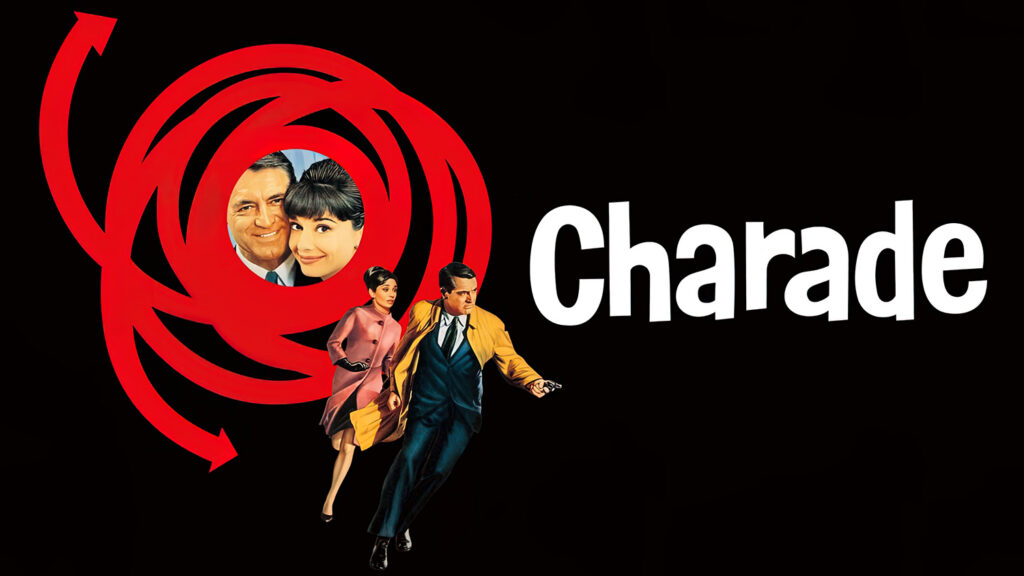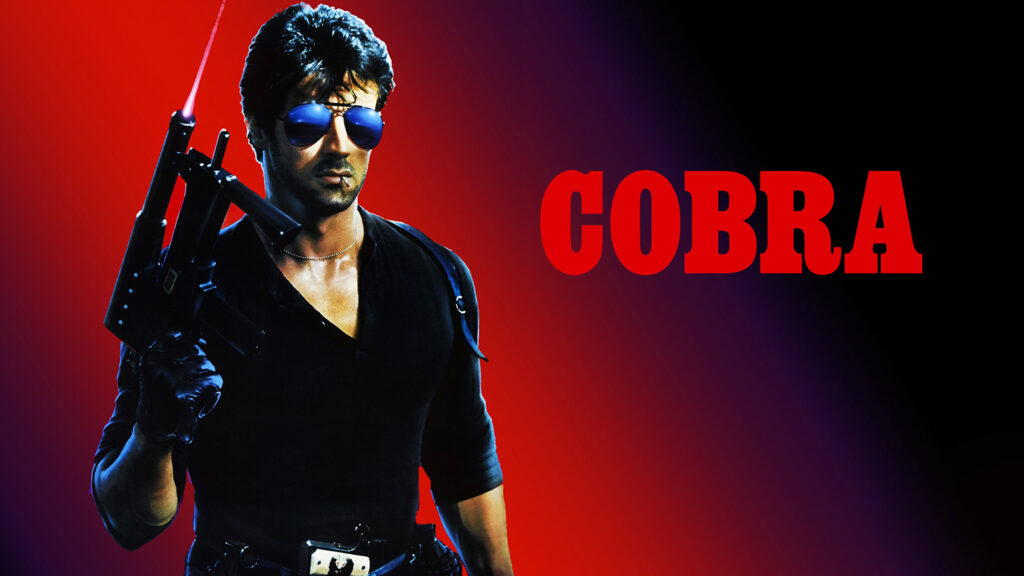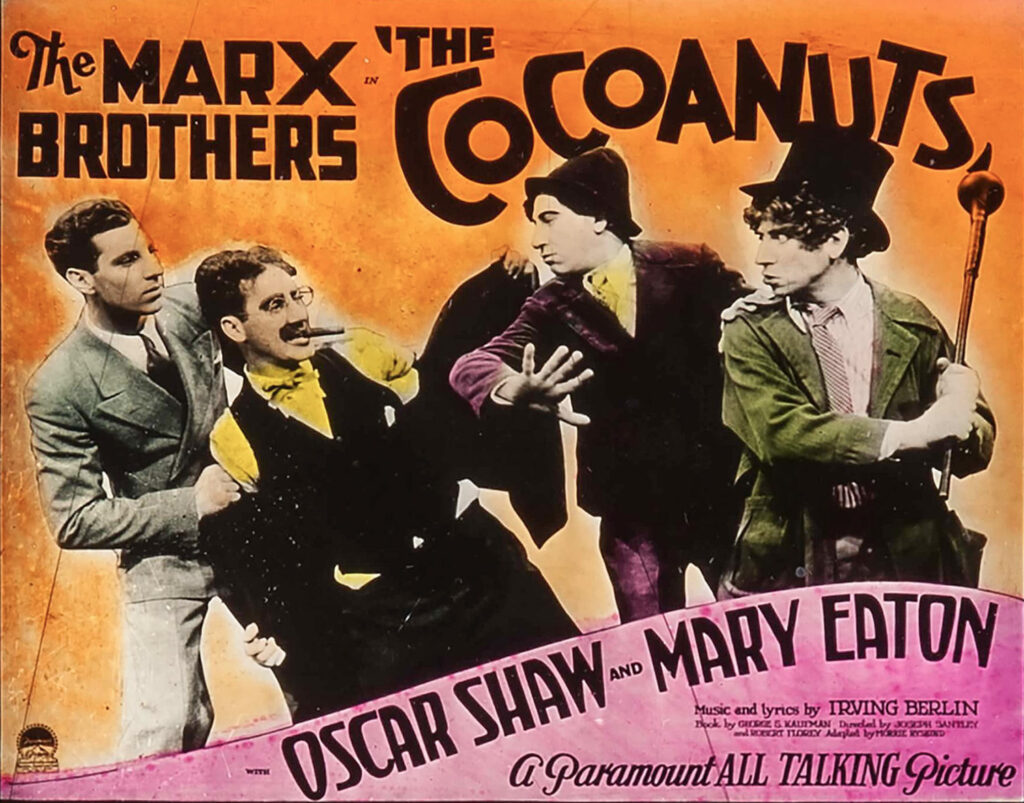The Running Jumping & Standing Still Film
This past week was our short-film week, and I was surprised to see that our film club had never watched Richard Lester‘s and Peter Sellers‘ The Running Jumping & Standing Still Film. That had to be my pick for our interstitial week.
Rather than critique the short, I want to explain why I chose it.
Okay, I’m a sucker for droll British humor. I fell in love with Monty Python’s Flying Circus back in the 1970s, tracked down LPs of The Goon Show in the 1980s, and can rewatch Lester’s A Hard Day’s Night and two Musketeer films — The Three Musketeers and The Four Musketeers — anytime and thoroughly enjoy them.
Unlike many short films we’ve watched, this one wasn’t an early attempt to break into the business. Pretty much everyone involved in Running — Lester, Sellers, Dick Bentley, Spike Milligan, Leo McKern, Mario Fabrizi, and David Lodge — was an industry veteran, mostly in television and radio, but in a few films, too. If they weren’t already familiar — if not famous — names or faces when the short was made, they would become so later on.
The Running Jumping & Standing Still FilmPlease click to continue reading…
